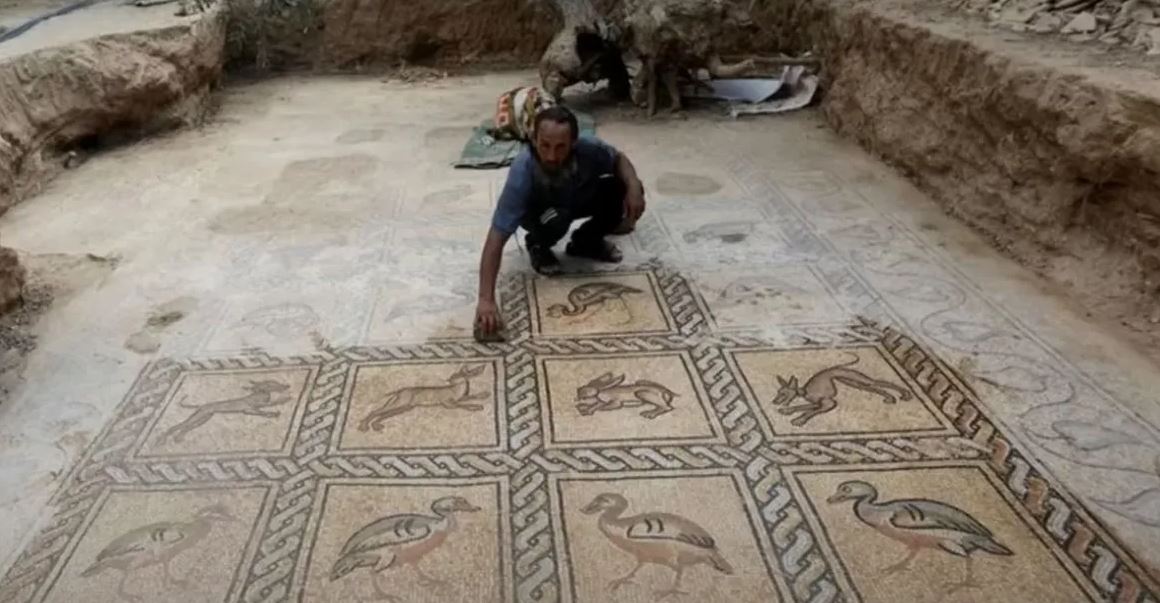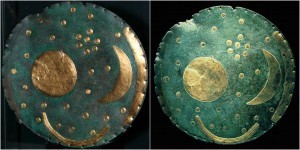An ornate floor from the Byzantine period with colorful mosaics depicting colorful birds and other animals was accidentally discovered by a Palestinian farmer when he tried to plant trees in his field.
According to Reuters, Salman al-Nabahin discovered the mosaic six months ago while working in his olive grove in the Bureij refugee camp, about a kilometer from the border with Israel. Trying to understand why certain trees had not taken root properly, Nabahin and his son began to dig. Then his son’s ax hit something hard and unfamiliar in appearance.
The mosaic floor, boasting 17 iconographies of beasts and birds, is well-preserved and its colours are bright.
“These are the most beautiful mosaic floors discovered in Gaza, both in terms of the quality of the graphic representation and the complexity of the geometry,” said René Elter, an archaeologist from the French Biblical and Archaeological School of Jerusalem, whose team examined the finds, told the Associated Press.
Elter estimates the mosaic floor dates back to a time between the 5th and the 7th centuries but told AP a proper excavation is needed to determine when exactly it was built and whether it was part of a religious or secular complex.
He has not been able to visit the site but viewed photos and videos taken by local research partners.
The mosaics are the latest in a series of Byzantine archaeological finds in Gaza in recent years.
In January, the remains of a 5th-century church were unveiled in Jabaliya in the northern Gaza Strip following a three-year restoration project.
Gaza is rich in antiquities, having been an important place of trade for cultures dating back to the ancient Egyptians and Philistines depicted in the Bible, to the Roman Empire and the Crusades.
Several discoveries have been made in recent years. But due to a lack of funds and professionals, Gaza usually invites international teams to help with the excavation and maintenance process.
Ask me anything
Explore related questions





